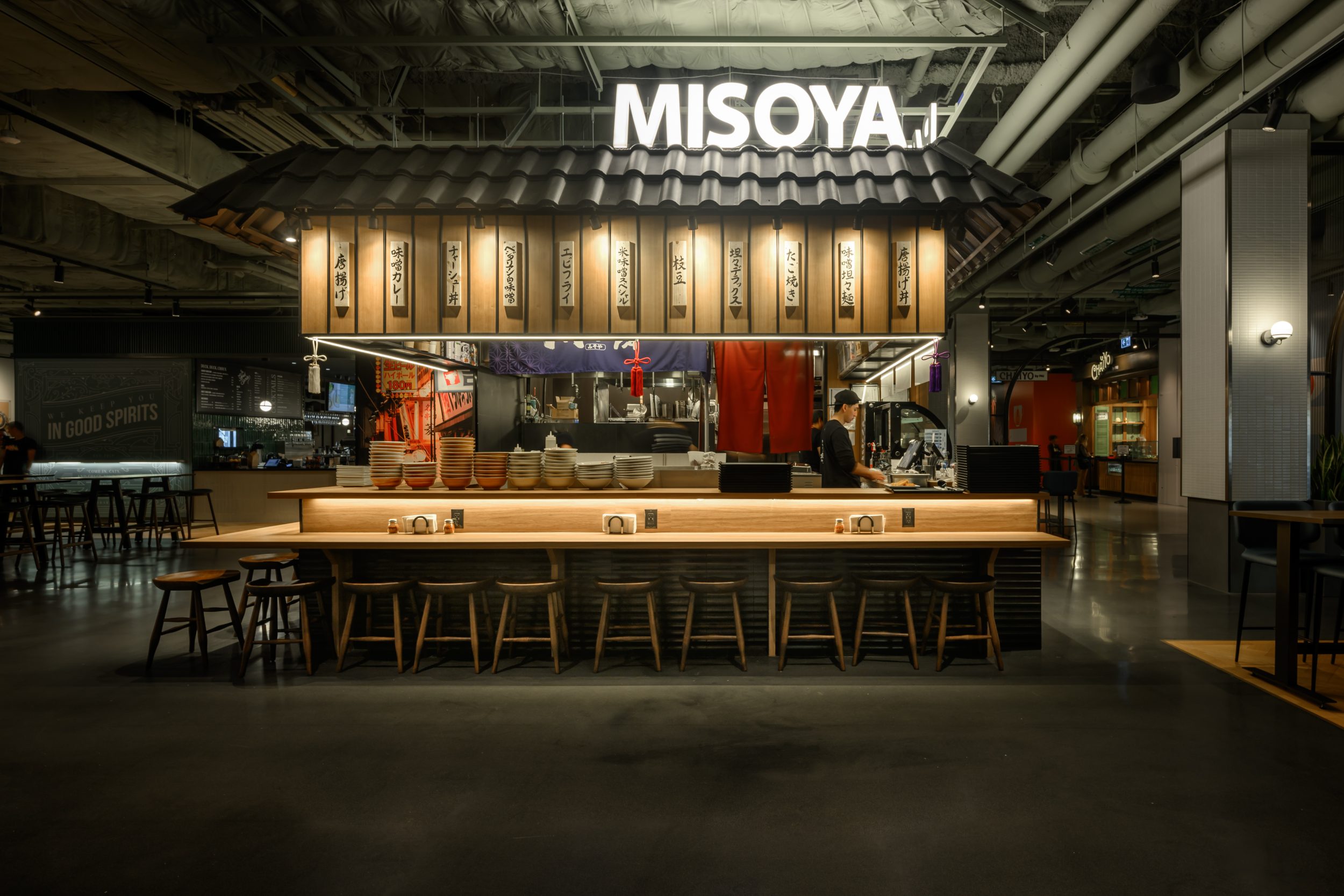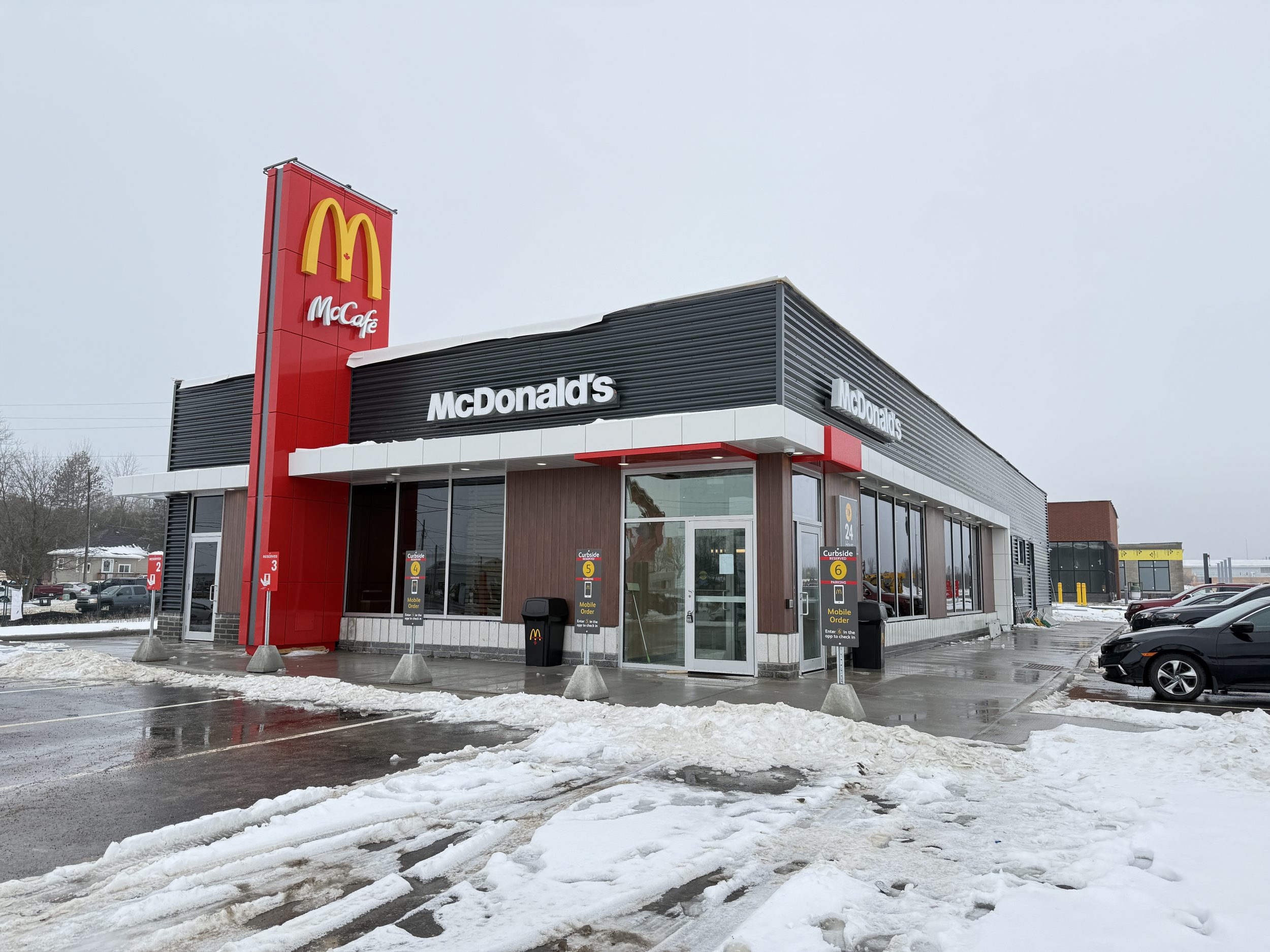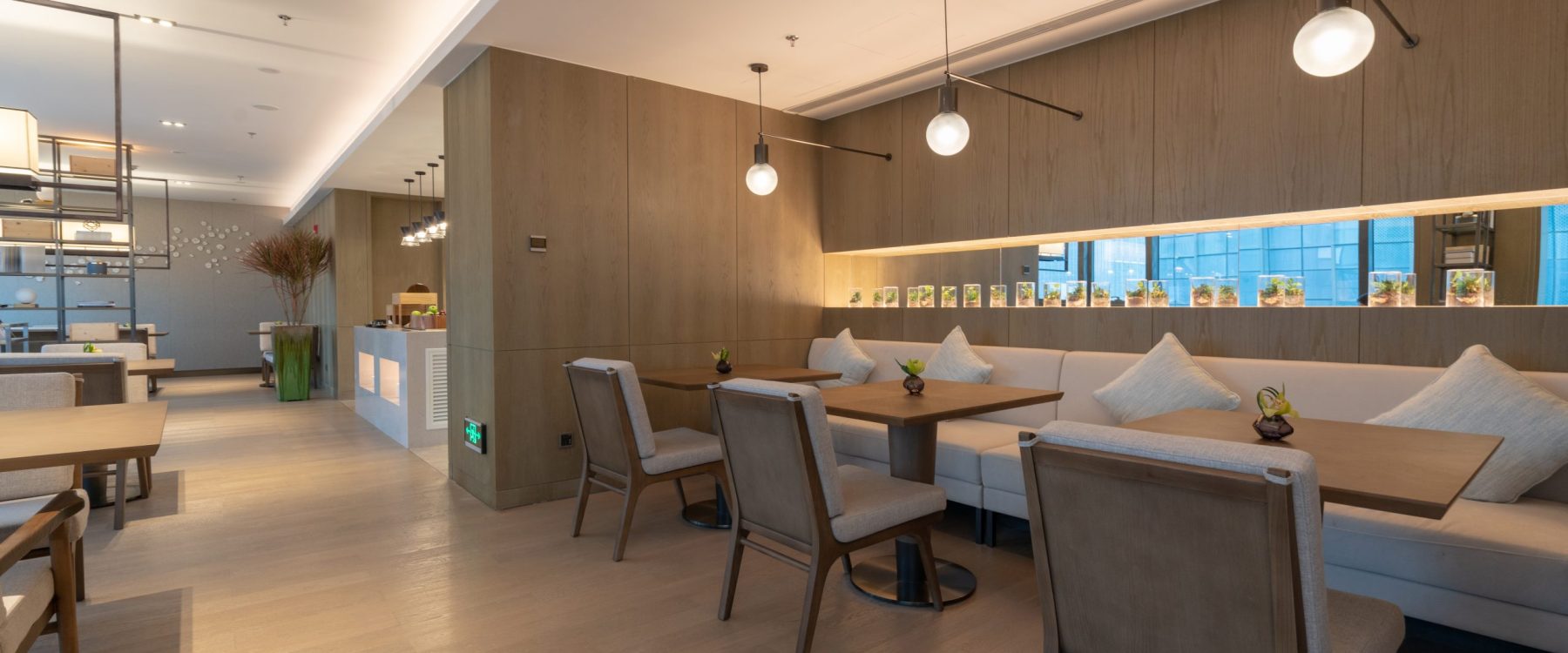Restaurant design is evolving at a rapid pace as industry leaders, restaurant builders, and restaurant contractors embrace new technologies and ideas to create memorable dining experiences. From innovative restaurant interior design to integrated restaurant design-build solutions, emerging trends are reshaping how restaurants are conceptualized, constructed, and experienced. In this post, we explore five groundbreaking trends that are setting new benchmarks in restaurant construction and design. Whether you’re a restaurateur looking to update your space or a contractor aiming to stay ahead of the curve, these insights will help you understand the forces transforming the world of restaurant design.
1. Sustainability and Eco-Friendly Materials
As the global focus shifts toward environmental consciousness, sustainability has become a key pillar in restaurant design. Eco-friendly practices are influencing everything from energy-efficient lighting and reclaimed materials to green roofs and biodegradable furnishings. In the realm of restaurant interior design, designers are incorporating sustainable elements that not only reduce environmental impact but also create a unique ambiance that resonates with today’s eco-aware diners.
Sustainable restaurant construction involves selecting materials that are responsibly sourced and energy-efficient, minimizing waste during the build process. Many restaurant contractors now prioritize low-VOC paints, recycled flooring, and LED lighting, which contribute to lower operating costs over time. In addition, green certifications are increasingly important for restaurant builders as they demonstrate a commitment to environmental stewardship. With innovative practices and the growing availability of sustainable resources, the future of restaurant design is not only visually appealing but also environmentally responsible—a win-win for both owners and patrons.
2. Technology Integration and Smart Design
Technology is revolutionizing every facet of modern life, and the restaurant industry is no exception. From contactless ordering systems and digital menus to AI-powered kitchen management, technology is now a central component of restaurant design. In modern restaurant interior design, interactive digital displays and smart lighting systems create dynamic environments that adapt to the time of day and customer moods.
Incorporating technology during the design phase has given rise to a new trend: restaurant design-build projects that integrate digital solutions right from the start. Restaurant builders and restaurant contractors are leveraging 3D modeling and virtual reality tools to plan spaces more efficiently and to simulate customer flows before construction begins. This smart approach ensures that both aesthetics and functionality are optimized, reducing costly changes during restaurant construction. As technology continues to advance, restaurants that adopt these smart systems not only enhance the dining experience but also streamline operations, making them more competitive in a tech-driven market.
3. Flexible, Multi-Functional Spaces
The modern dining experience is becoming more fluid, with restaurants evolving into spaces that cater to multiple functions. Today’s diners seek environments that can easily transition from a casual brunch setting to an upscale dinner ambiance. This flexibility is leading to innovative layouts that allow for easy reconfiguration of seating arrangements, lighting, and even acoustic elements to suit different times of day or event types.
For designers focused on restaurant interior design, creating a space that can adapt to varying customer needs is a creative challenge. It involves using modular furniture, adjustable lighting, and movable partitions to create zones within a single dining area. The restaurant design-build approach plays a crucial role here, as close collaboration between architects, restaurant builders, and restaurant contractors ensures that spaces are built with flexibility in mind. Whether it’s for private dining events, community gatherings, or a bustling everyday service, multi-functional spaces offer an attractive solution for owners who want to maximize the usability and revenue potential of their establishments. This trend not only enhances customer satisfaction but also offers long-term operational benefits for restaurateurs.
Read more: What Type of Commercial Kitchen Equipment is Needed in a New Restaurant?


4. Embracing Local Culture and Artistry
In an increasingly globalized world, diners are often drawn to experiences that offer a taste of local culture. Restaurant design is evolving to highlight regional artistry, traditions, and culinary heritage. This trend is evident in the use of locally sourced materials, artisanal furnishings, and décor that pays homage to the community’s history. Integrating local cultural elements into restaurant interior design creates an authentic ambiance that resonates with both residents and visitors alike.
Local influences can be seen in everything from handcrafted furniture and murals to bespoke lighting fixtures that tell a story. Restaurant builders and restaurant contractors are now collaborating with local artists and craftsmen to incorporate these unique elements into the construction process. Such partnerships not only enhance the aesthetic appeal but also foster community pride and support the local economy. By blending traditional craftsmanship with modern design techniques, restaurants can offer a dining experience that feels both contemporary and rooted in heritage. This approach in restaurant design is rapidly becoming a favorite among restaurateurs who wish to create a lasting connection with their patrons through a unique sense of place.
Read more: How to Create a Stunning Restaurant Interior Design Plan
5. Streamlined Design-Build Processes for Efficiency
The restaurant industry is fast-paced, and time is money. To keep up with evolving trends and market demands, many restaurateurs are turning to integrated restaurant design-build services. This approach streamlines the entire process from concept to completion by consolidating design, construction, and interior finishing into a single, coordinated effort. The result is faster turnaround times, reduced costs, and a more cohesive design that truly reflects the owner’s vision.
Working with experienced restaurant builders and restaurant contractors who specialize in this integrated model can make all the difference. The design-build model allows for constant collaboration and real-time adjustments, ensuring that challenges are addressed quickly and efficiently during restaurant construction. This trend is especially beneficial for owners who want to open new locations or renovate existing spaces without the lengthy delays often associated with traditional project management. As technology and project management tools continue to evolve, the design-build approach is set to become the industry standard, offering a competitive edge in an ever-changing marketplace.
Read more: How-To: Mastering Restaurant Operations – Tips and Tricks to Boost Efficiency
Conclusion
The landscape of restaurant design is undergoing a remarkable transformation driven by sustainability, technological innovation, adaptability, local cultural integration, and streamlined construction processes. Each of these trends—from eco-friendly materials to the design-build model—plays a critical role in shaping the future of dining. As restaurateurs continue to invest in forward-thinking solutions, customers can expect to enjoy environments that are not only aesthetically pleasing but also highly functional and responsive to modern demands.
For industry professionals, keeping up with these trends is essential. Whether you’re involved in restaurant construction, restaurant interior design, or the restaurant design-build process, embracing these emerging trends will help you create spaces that captivate diners and drive business success. As the future unfolds, the collaboration between visionary designers, skilled restaurant builders, and experienced restaurant contractors will be the cornerstone of innovation in restaurant design, ensuring that each dining experience is as memorable as it is delightful.

